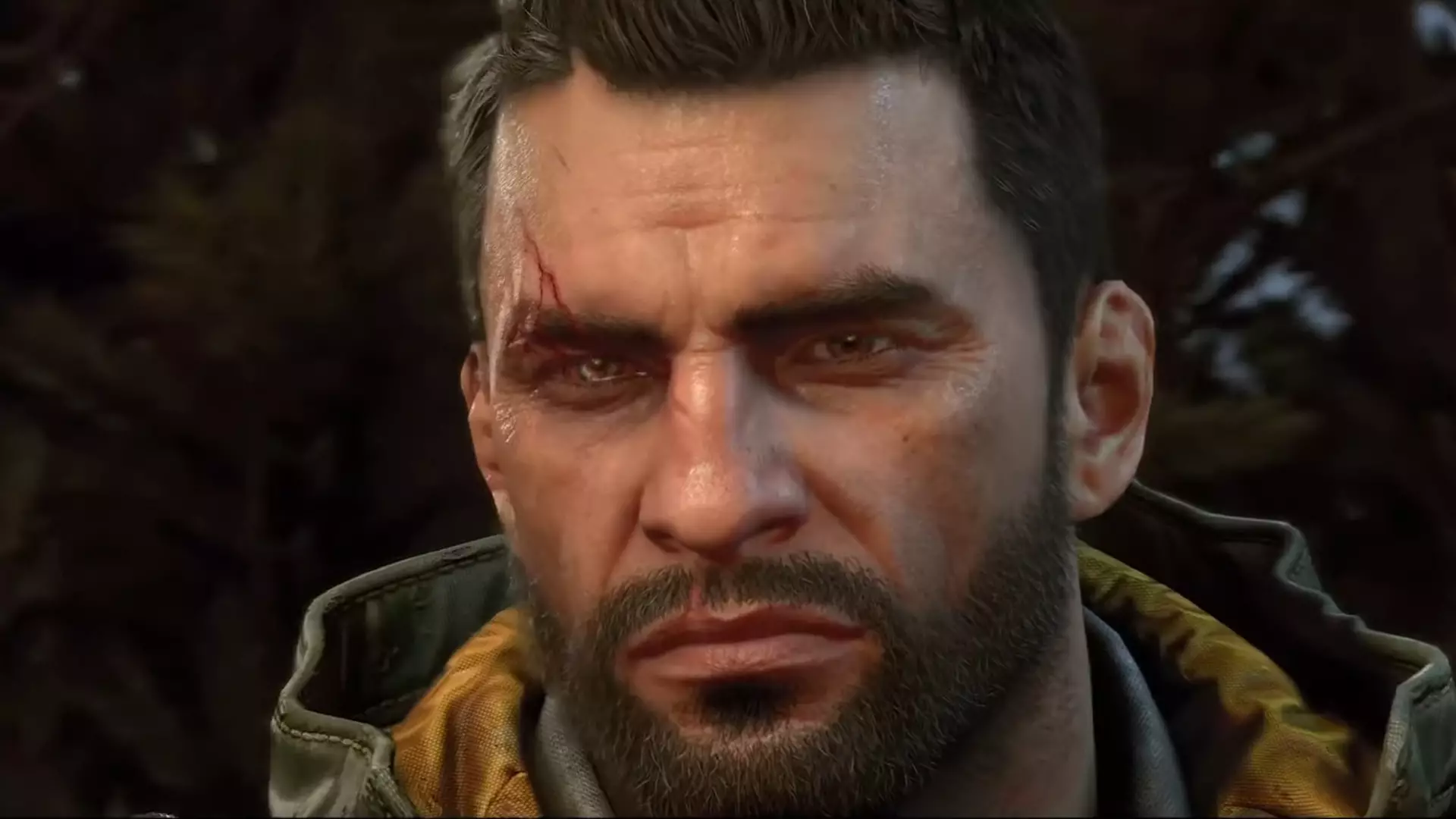In the world of video games, the term “open world” often conjures up images of vast landscapes stretching endlessly, filled with sprawling cities and expansive fields. However, Techland’s upcoming release, Dying Light: The Beast, flips this notion on its head with a singular emphasis on quality over quantity. According to franchise director Tymon Smektala, the essence of a compelling open world lies not in its sheer size but in the crafted experience it offers players. By focusing on a meticulously designed environment, Techland aims to create genuine immersion that larger maps often fail to accomplish. This insight is invaluable; it underscores a paradigm shift in how developers can approach world-building in video games.
Density Over Distance
Dying Light: The Beast distinguishes itself by presenting a dense, interactive landscape that maintains player engagement. Smektala highlights a common pitfall in many open-world titles, where vast stretches of land exist solely for the sake of looking expansive, often featuring little to do between key locations. Techland seeks to break this mold, offering a world brimming with activities, challenges, and the pervasive threat of zombies. This strategy ensures that players are consistently engaged, reinforcing a fluid gaming experience where there’s always something lurking behind every corner. In this embodiment of density, the studio elevates its game at a time when many developers settle for sheer size, often to their detriment.
The Thrill of Constant Interaction
Dying Light’s signature first-person melee combat accentuates this approach, offering tactile gameplay that allows players to experience a visceral connection to their environment. With zombies peppered throughout the landscape, there’s an inherent thrill in navigating through hordes of foes, forcing players to remain alert and proactive. Not only does this design philosophy enhance immersion, but it also fosters a sense of urgency that is often diluted in less structured worlds. Smektala’s insights aptly highlight a critical advantage of the Dying Light franchise—its ability to keep players on their toes, enhancing the game’s excitement and unpredictability.
Learning from the Past
As Techland evolves its approach with Dying Light: The Beast, there is an essential recognition of previous missteps, particularly in its predecessor, Dying Light 2. This willingness to learn and adapt is indicative of a mature development philosophy. By actively seeking to address past shortcomings, the studio demonstrates not only an understanding of player expectations but also a commitment to improving the overall gaming experience. The anticipation surrounding the new title is amplified by this proactive stance, as players eagerly await to see if Techland can recapture the magic that initially captivated the audience.
In a genre saturated with large-scale offerings, Techland dares to carve a unique path forward. The focus on handcrafted, immersive environments might just be the revolutionary approach that revitalizes the open-world experience, making Dying Light: The Beast a title to watch closely as it challenges the conventions of gaming landscapes we’ve come to know.

